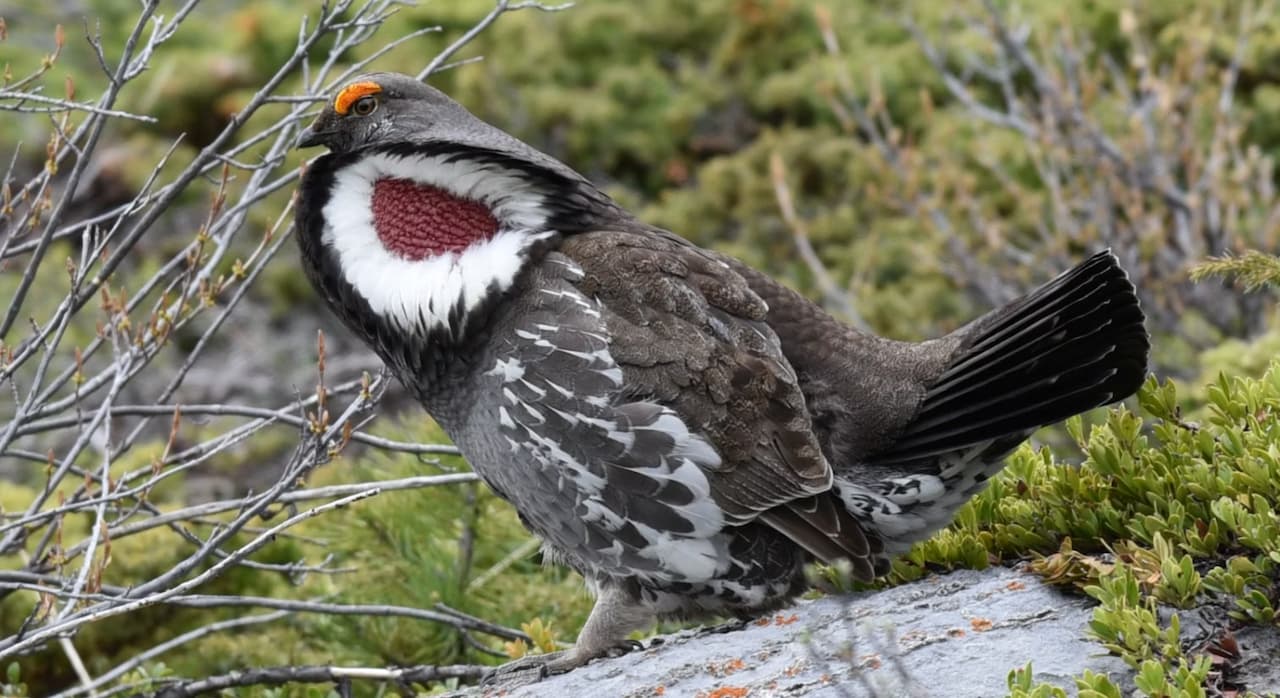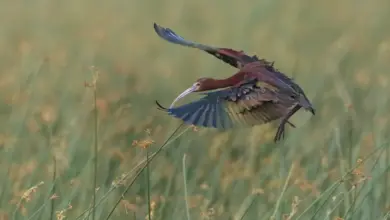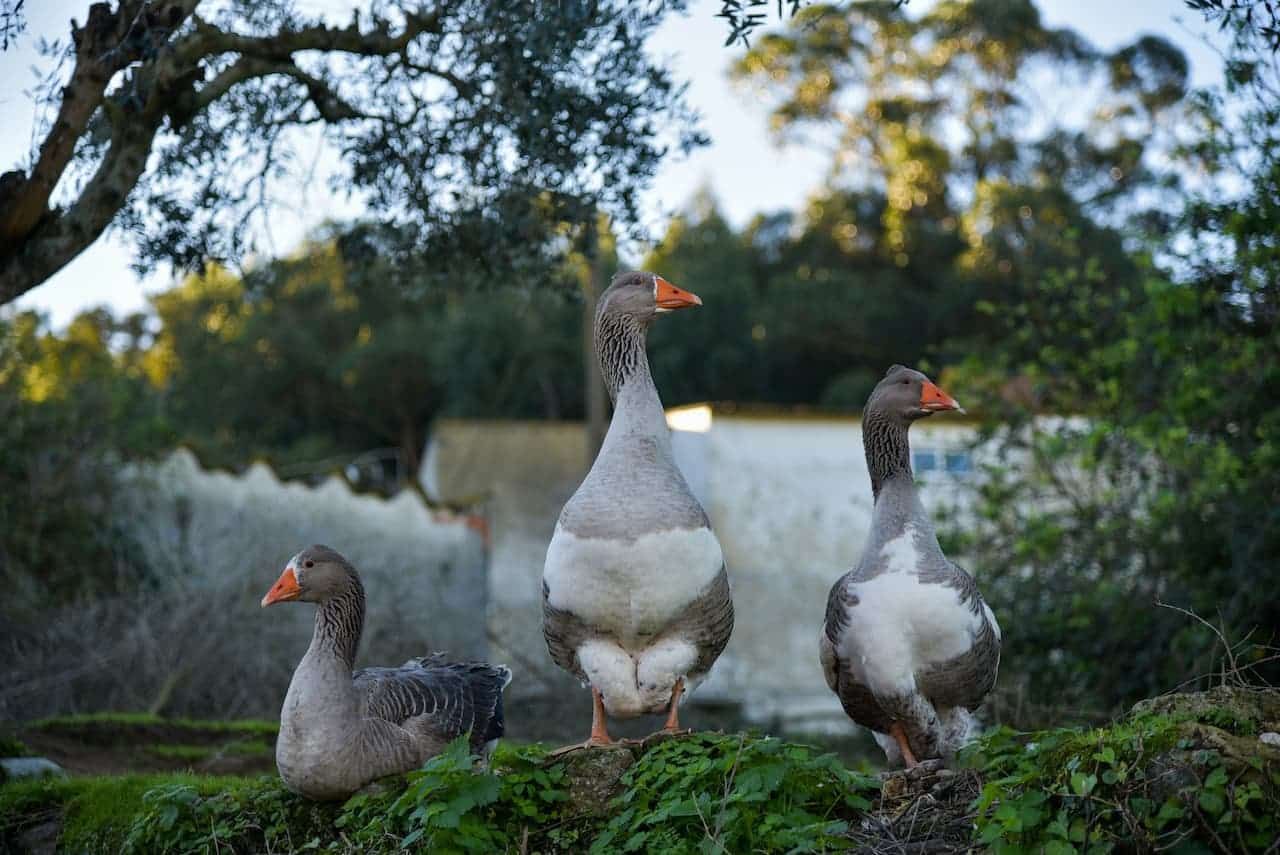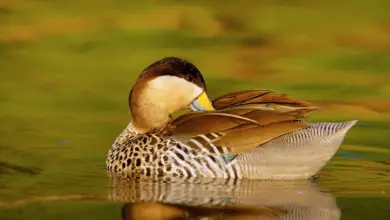The White Campbell Ducks were developed as a sport from the Khaki Campbell. The White Campbell was the standard and the Dark Campbell was developed by H. R. S. Humphreys in Devon to make sex linkage in ducks possible.
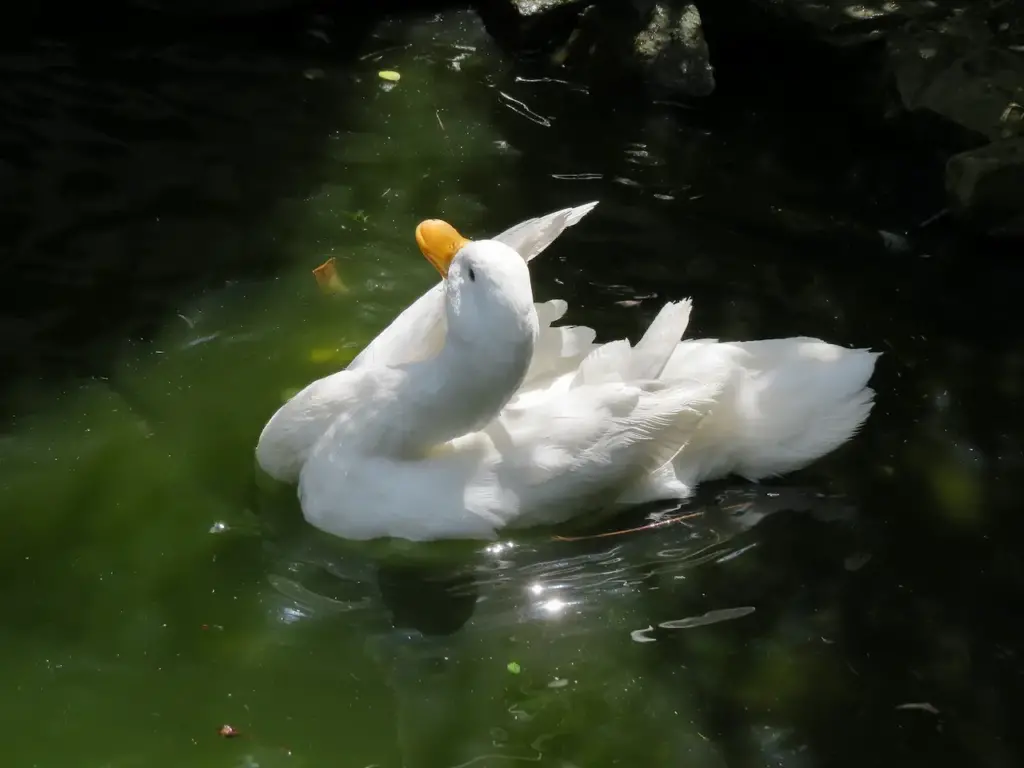
The White Campbell Ducks was developed as a sport from the Khaki Campbell. The White Campbell was the standard and the Dark Campbell was developed by H. R. S. Humphreys in Devon to make sex linkage in ducks possible. It was admitted to the American Standard in 1941. The dark coloration was not very popular with breeders and its numbers declined to almost critical levels.
The Campbell was originally bred in 1901 by Mrs. Adelle Campbell of Uley, Gloucestershire from wild Mallards, Fawns and White Runners and Rouens to create larger-bodied offspring that would lay well.
Their average lifespan is about nine years.
Description / Standard
The Campbell is a medium-sized duck that typically weighs ~4 to 4 1/2 pounds. It has a modestly long head, bill, neck and body. The body should be full yet compact.
Its carriage is held slightly upright – although should be no more than 35 degrees (variations range from 20 to 40 degrees above horizontal), with the head held high. The plumage should be tight and sleek.
- The plumage should be pure white Bill: orange to flesh-colored billLegs and webs: Color: orange to flesh-colored. Legs are medium length, set well apart and not too far backEyes: grey-blueHead and Neck: slender; neat and refined with medium proportionsWings: carried close and fairly highTail:short and slightly elevated
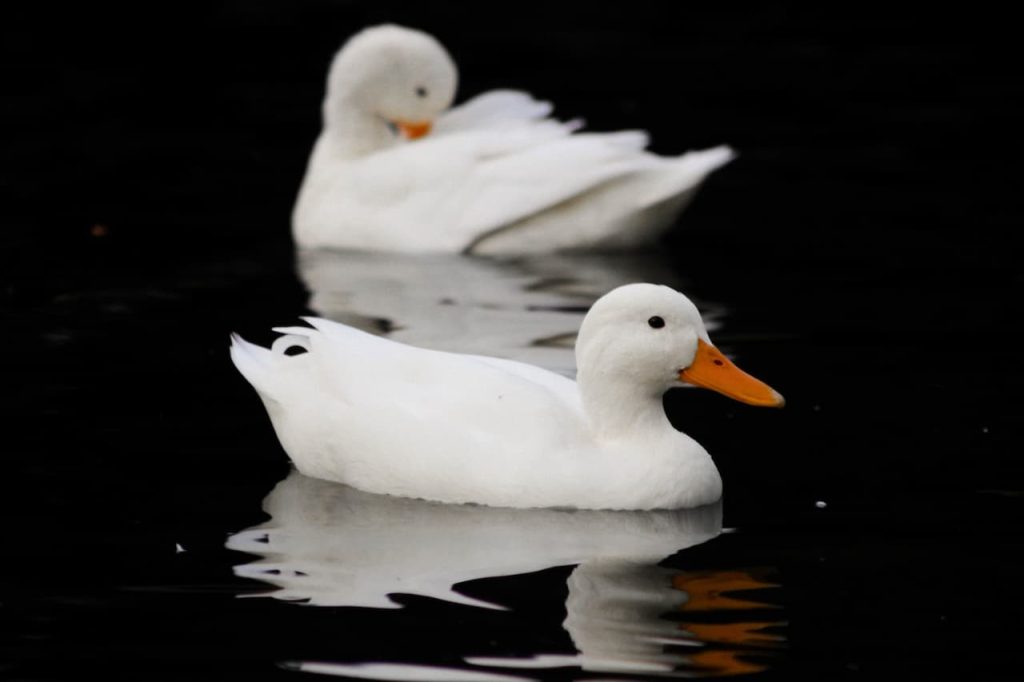
Breed Selection / Care
Campbells are quite adaptable and have done well in environments ranging from arid deserts with temperatures of 100F. to humid tropical rainforests to cold Northern regions where temperatures can remain below 0F for weeks at a time.” (Holderread, 41) It is, however, important to give them time to acclimatize.
Breeders should be robust, active and strong-legged birds, with a history of good laying and foraging abilities. It’s important to only acquire authentic Campbells – crossbreeds may have facial stripes or weigh above six pounds. Crossbreeds usually do not lay well.
Hens very seldom hatch out their own young. In this breed, brooding behavior has been sacrificed in exchange for prolific egg laying ability. Egg incubators or broody chickens are typically used to hatch out ducklings. It takes approximately 28 days for a Campbell ducklings to hatch.
Campbells are very energetic little ducks that should be provided plenty of space to move around. They may fly and, and if this presents a problem, clipping one wing is usually the solution.
Even though they do not necessarily require water for swimming, they do enjoy it. They prefer shallow waters — if no pond is available, a shallow tray or even a bowl with bricks in it will do.
They are excellent foragers that keep gardens and ponds free of slugs, snails and worms.
Campbells should not be kept in pairs. It is recommended that a male has 2 up to 10 females – depending on the drake’s energy levels. Flocks should consist of no more than 50 Campbell.
These ducks will rarely brood if the eggs are removed.
Egg Production
Mrs. Campbell’s goal when developing this breed was to produce an excellent egg-laying breed that was not broody and unlikely to fly off; in addition to providing a consistent supply of roast duckling. The efforts were successful and Campbells are said to have the best egg production of all ducks, laying anything from 50 up to 350 white eggs per annum. Khakis can produce up to 350 eggs per year; the White or Dark Campbells are generally less productive.
Each egg weighs about 2.5 ounces and has an excellent texture and flavor.
Most Campbells lay their first eggs when 5-7 months old and with an age staggered flock, one could have eggs year-round.
Relevant Resources
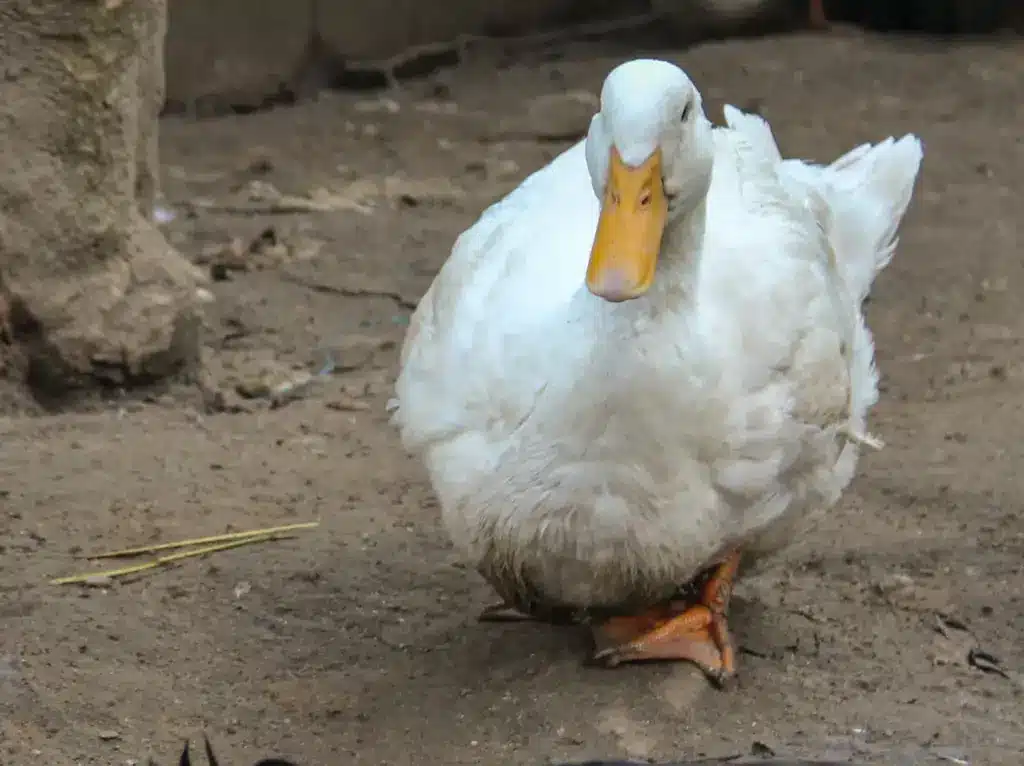
Diet / Feeding:
This duck feeds off of larvae and pupae usually found under rocks, aquatic animals, plant material, seeds, small fish, snails, and crabs.
Feeding Ducks …
We all enjoy these beautiful birds and many of us offer them food to encourage them to come over and stay around – and it works! Who doesn’t like an easy meal!
However, the foods that we traditionally feed them at local ponds are utterly unsuitable for them and are likely to cause health problems down the road. Also, there may be local laws against feeding this species of bird – so it’s best to check on that rather than facing consequences at a later stage.
- Foods that can be fed to Ducks, Geese and Swans to survive cold winters and remain healthy when food is scarce in their environment.
Please note that feeding ducks and geese makes them dependent on humans for food, which can result in starvation and possibly death when those feedings stop. If you decide to feed them, please limit the quantity to make sure that they maintain their natural ability to forage for food themselves – providing, of course, that natural food sources are available.
Species Research by Sibylle Johnson
Please Note: The articles or images on this page are the sole property of the authors or photographers. Please contact them directly with respect to any copyright or licensing questions. Thank you.

